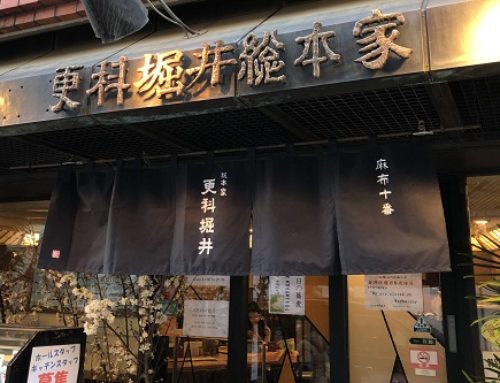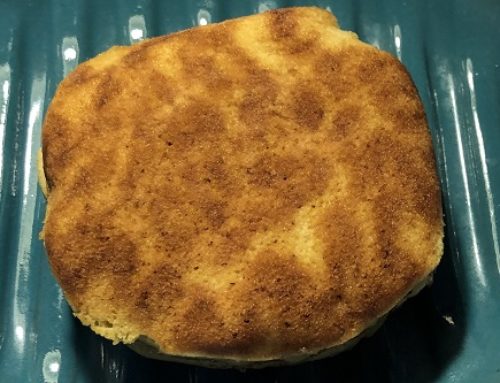Although most people from abroad might not know Dorayaki, it’s very popular wagashi (Japanese sweets) in Japan. There are three (some say four) most famous stores for Dorayaki in Tokyo. And Usagi-ya is the one of the three.
Three Usagi-ya
“Usagi” in Usagi-ya means rabbit and here “ya” means store. The founder of Usagi-ya was Kisaku Taniguchi and he named the store for Eto (Chinese Zodiac). Eto assigns one of the 12 animals to each year. As the founder was born in the year of Usagi (rabbit), he named the store Usagi-ya.
There are three Usagi-ya in Tokyo. Usagi-ya at Ueno (1-10-10 Ueno, Taitō-ku) was established by Kisaku Taniguchi. And His son established Usagi-ya at Nihonbashi. Usagi-ya at Nihonbashi has two stores. One is Usagi-ya Honten (1-2-19 Nihonbashi, Chūō-ku). The other is Usagi-ya Chūōdōri-ten (1-3-8 Nihonbashi, Chūō-ku). And Kisaku Taniguchi’s daughter established Usagi-ya at Asagaya (1-3-7 Asagayakita, Suginami-ku).
Tough all three Usagi-ya are famous for Dorayaki, their Dorayaki are a little different in ingredients and in tastes. Here I introduce Usagi-ya at Ueno out of respect for the first founder of Usagi-ya.
Usagi-ya at Ueno
You can walk to Usagi-ya at Ueno from Okachimachi staion (Yamanote line of JR), Yusima subway station (Chiyoda line of Tokyo metro), and Uenohirokōji subway station (Ginza line of Tokyo metro).
It opens 9:00 – 18:00 and closes on Wednesday. Although Usagi-ya sells various wagashi (Japanese sweets), it’s famous for Dorayaki.
Usagi-ya’s sales method is unique. When I visited Usagi-ya, many people were waiting. But I couldn’t figure who was at the end of the line. So, I asked one of customers where I should line. She answered me there is no need to line, just enter from right side of the store and place order. then wait wherever you like until an employee calls you.
After entering the store and walk forward on right side to the counter, an employee takes order and writes customers name and numbers of ordered goods on slip, then goes to the back room with the slip. In that room employees wrap and bag the ordered wagashi.

Customers and Usagi-ya
In above picture, customers don’t form a line but wait for their turn on any place they like until their name is called. White thing on the eaves is a figure of white rabbit.
There is one thing to note on Usagi-ya. Although the store opens to 18:00, customers who arrive after 16:00 need reservation for goods. The store only accepts cash.
Among three (four) stores famous for Dorayaki, Usagi-ya at Ueno seems the easiest store for getting Dorayak because there is not as many waiting customers as other stores and there seems less probabilities for being sold out of Dorayaki.
Appearance and taste of Usagi-ya’s Dorayaki
Usagi-ya’s Dorayaki is large. It’s about 105 mm in diameter. The surface of batter looks toasted uniformly. I suspect a machine toasts batter.

Usagi-ya’s Dorayaki
The following picture shows the cross section of Dorayaki.

Cross section of Dorayaki
Anko (red bean paste) is “tsubuan”. If you look well, you could distinguish form of red bean in the paste. When an artisan makes tsubuan, he or she pays attention not to break the skin of beans and tries to keep the form of beans. An artisan boils them softly, adds sweetness by sugar or other ingredients and kneads it to paste.
Among the three (four) most famous stores, Usagi-ya’s red bean paste seems to keep the form of bean better than others. The artisan must have paid a great deal of attention to make this paste. But I felt the red bean paste a bit watery. Amount of red bean paste is not large
Batter of Dorayaki is not impressive for me. In my opinion, Usagi-ya’s Dorayaki seems to be most close to Bunmeidō’s Mikasayama among the three (four) famous stores. I think Bunmeidō’s Mikasayama is a kind of standard for Dorayaki.
Ingredients of Usagi-ya’s Dorayaki are azuki (red bean), flour, egg, honey, mizuame (a kind of starch syrup) and raising gent. Effective days for eating are two. Price of one Dorayaki is 200 yen.






Leave A Comment